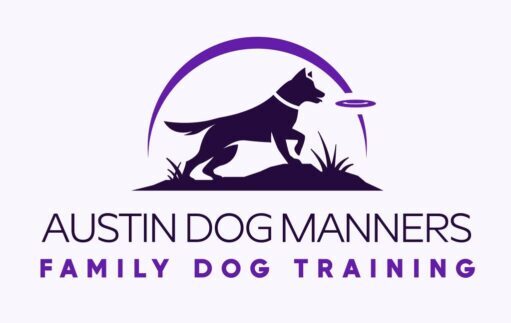Understanding Dog Enrichment
Dog enrichment refers to activities and experiences that stimulate a dog's mind, body, and senses. Just like humans, dogs require mental and physical stimulation to thrive. Without sufficient enrichment, dogs can develop behavioral issues, anxiety, and become bored or destructive. This guide will cover the importance of dog enrichment, types of enrichment activities, and practical tips to implement them in your dog's daily routine.
Importance of Dog Enrichment
- Mental Stimulation
- Engaging your dog’s mind can help prevent boredom and reduce stress. Mental challenges encourage problem-solving and cognitive skills.
- Physical Exercise
- Many enrichment activities involve physical movement, which is essential for maintaining a healthy weight and preventing obesity-related health issues.
- Behavioral Prevention
- Enrichment can reduce unwanted behaviors such as chewing, barking, or digging, which often result from boredom or lack of stimulation.
- Strengthened Bond
- Participating in enrichment activities together can strengthen the bond between you and your dog, promoting trust and companionship.
Types of Dog Enrichment Activities
1. Physical Enrichment
- Daily Walks: Regular walks provide physical exercise and exposure to new sights and smells.
- Playtime: Engage in fetch, tug-of-war, or agility exercises to promote physical activity.
- Obstacle Courses: Create a DIY obstacle course in your backyard or living room using furniture or toys for your dog to navigate.
2. Mental Enrichment
- Puzzle Toys: Invest in interactive toys that dispense treats when solved, stimulating your dog’s problem-solving skills.
- Training Sessions: Teach new tricks or reinforce basic commands. Use positive reinforcement to keep sessions fun and engaging.
- Hide and Seek: Hide treats or toys around the house for your dog to find, promoting their natural scavenging instincts.
3. Sensory Enrichment
- Scent Work: Introduce your dog to scent training by hiding treats or using scent-based games. This taps into their natural hunting instincts.
- Nature Walks: Take your dog on walks in different environments (parks, trails, beaches) to expose them to various sounds, sights, and smells.
- Textured Toys: Provide toys with different textures, shapes, and sounds to stimulate your dog's senses.
4. Social Enrichment
- Playdates: Arrange playdates with other well-socialized dogs to encourage social interaction and play.
- Dog Parks: Visit local dog parks where your dog can interact with various breeds and personalities in a controlled environment.
- Group Classes: Enroll in group training or obedience classes, allowing your dog to learn while socializing with other dogs and people.
Practical Tips for Implementing Enrichment
- Daily Routine
- Incorporate enrichment activities into your dog’s daily routine. Aim for a mix of physical and mental stimulation each day.
- Rotate Activities
- Keep things fresh by rotating toys and activities. Introduce new puzzles or games regularly to maintain interest.
- Set Aside Time
- Dedicate specific times for enrichment activities, whether during walks, playtime, or training sessions. Consistency helps reinforce the importance of these activities.
- Observe and Adapt
- Pay attention to what activities your dog enjoys the most. Tailor enrichment activities to their preferences and energy levels.
- Involve Family Members
- Encourage family members to participate in enrichment activities, making it a fun bonding experience for everyone.
Conclusion
Dog enrichment is essential for a happy, healthy, and well-adjusted pet. By incorporating a variety of physical, mental, sensory, and social activities into your dog’s daily life, you can enhance their quality of life and prevent behavioral issues. Remember that each dog is unique, so experiment with different activities to find what works best for your furry friend. With dedication and creativity, you can provide a fulfilling environment that keeps your dog engaged and happy.

